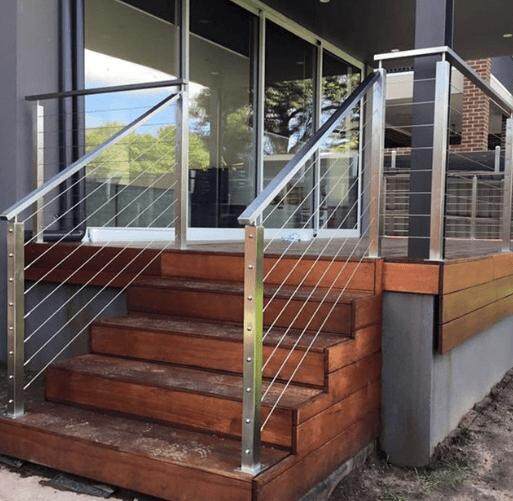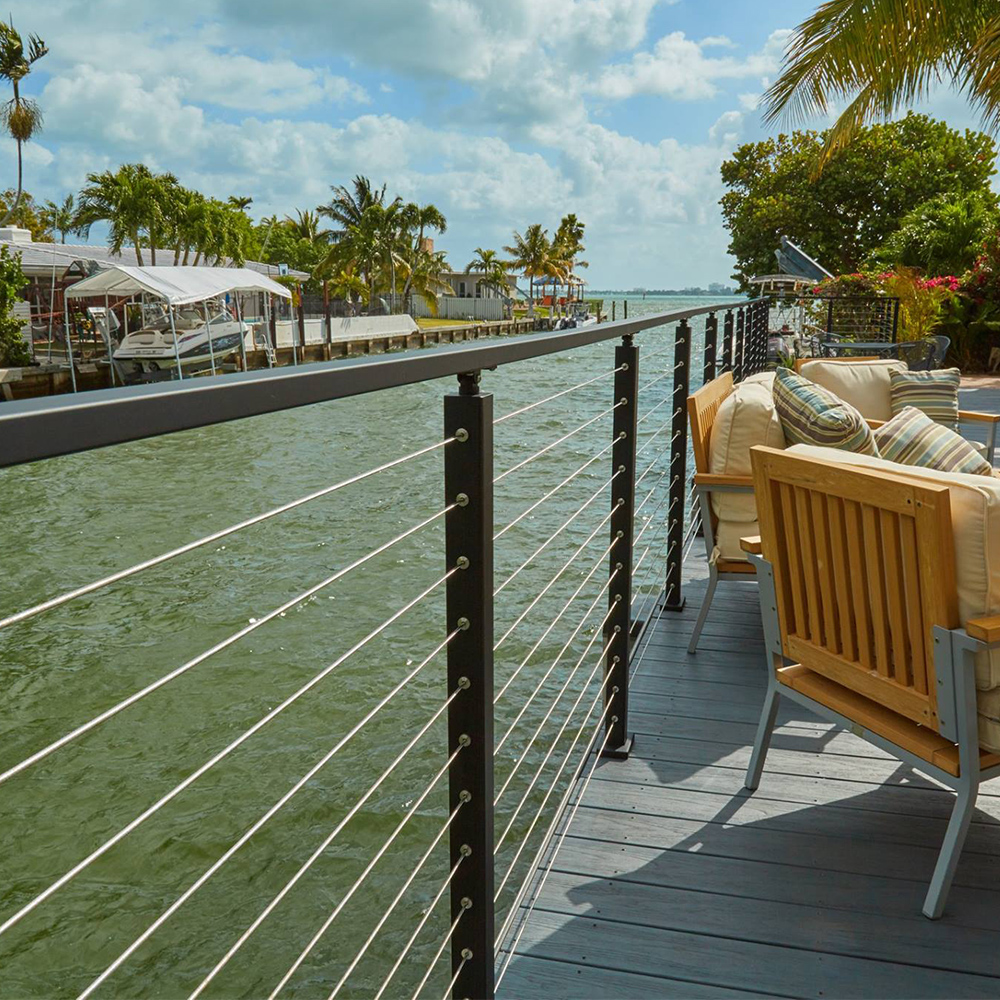Stainless steel balusters are a popular choice for modern staircases and balconies, thanks to their sleek appearance and durability. However, like any other material, stainless steel requires proper care to maintain its shine and prevent corrosion.
In this article, we'll explore some effective care tips to keep your stainless steel balusters looking as good as new.
Regular Cleaning Routine
The first step in maintaining stainless steel balusters is establishing a regular cleaning routine. Dust, dirt, and environmental pollutants can accumulate on the surface, dulling the shine of the stainless steel.
Use a mild detergent or a specialized stainless steel cleaner along with a soft cloth or sponge to gently clean the balusters.
Avoid abrasive materials, as they can scratch the surface and compromise the stainless steel's corrosion-resistant properties.
Remove Stains Promptly
Stainless steel is known for its resistance to stains, but it's not entirely immune. In areas with high humidity or coastal environments, you may notice water spots or even rust stains.
Promptly address any stains by using a mixture of water and vinegar or a stainless steel cleaner. Apply the solution with a soft cloth, rubbing gently in the direction of the grain to avoid scratching the surface.
Always rinse thoroughly and dry the balusters after cleaning to prevent water spots.

Protect Against Corrosion
Despite its name, stainless steel can corrode under certain conditions. To protect your balusters from corrosion, avoid exposing them to harsh chemicals such as chlorine, which is commonly found in swimming pool environments.
If your balusters are installed in coastal areas, rinse them regularly with fresh water to remove salt deposits, which can accelerate corrosion.
Additionally, consider applying a thin layer of stainless steel polish or a protective coating to create a barrier against environmental elements.
Polishing for Lasting Shine
Polishing stainless steel balusters is an essential step in maintaining their shine. Invest in a high-quality stainless steel polish and apply it according to the product's instructions.
Polishing not only restores the luster but also creates a protective layer that helps resist future stains and corrosion.
Repeat this process every few months or as needed to keep your balusters looking their best.
Avoid Abrasive Materials
Stainless steel is durable, but it is not invincible. Avoid using abrasive materials, such as steel wool or abrasive pads, as they can scratch the surface of the balusters.
Scratches not only diminish the aesthetic appeal but also create potential sites for corrosion to begin.
Stick to soft cloths, non-abrasive sponges, or brushes specifically designed for use on stainless steel when cleaning or maintaining your balusters.
Regular Inspection
Frequent inspections can help you catch potential issues before they become major problems. Check for any signs of rust, discoloration, or damage during your cleaning routine.
If you notice any issues, address them promptly with the appropriate cleaning or maintenance techniques. Early intervention can prevent minor problems from escalating and keep your stainless steel balusters in top condition.

Professional Maintenance
For more extensive maintenance or if you're unsure about the best approach, consider consulting with professionals.
Stainless steel specialists can provide advice on the specific needs of your balusters and perform maintenance tasks, such as rust removal or specialized coatings, to ensure the longevity and visual appeal of your stainless steel elements.
Conclusion
Stainless steel balusters add a touch of modern elegance to any space, but proper care is crucial to maintaining their shine and durability.
Establishing a regular cleaning routine, promptly addressing stains, protecting against corrosion, and incorporating polishing into your maintenance regimen are key practices.
By following these care tips and avoiding abrasive materials, you can ensure that your stainless steel balusters remain a stunning and durable feature in your home or commercial space for years to come. Regular inspections and, if necessary, professional maintenance will further contribute to the longevity of these stylish architectural elements.






